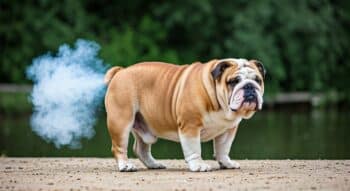

Dogs are cherished in the diverse world of canines for numerous reasons: their unwavering loyalty, boundless affection, and unique personalities. However, certain breeds are known for a less celebrated trait: their distinctive odors. While all dogs can get a bit smelly without proper care and grooming, some breeds are predisposed to being the most stinking, often due to their physical characteristics, natural oils, and predisposition to certain skin conditions. Understanding these breeds can help potential dog owners prepare for their smelly companions’ grooming and care needs.
Basset Hound
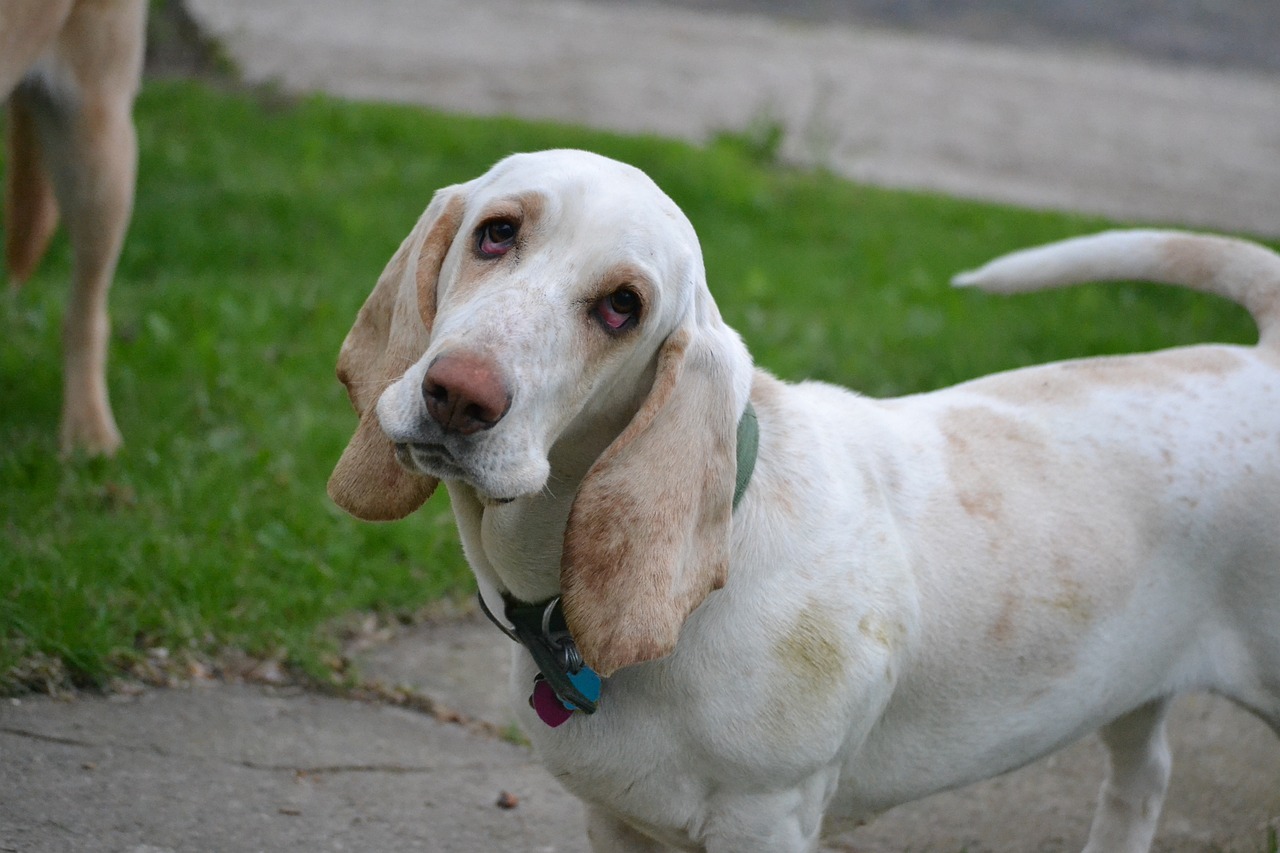
The Basset Hound, with its long ears and droopy skin, is notorious for its distinctive smell. The breed’s large skin folds trap dirt and moisture, creating a breeding ground for bacteria and yeast, which can produce a pungent odor. Additionally, their long ears can trap moisture and lead to ear infections, contributing to their overall smelliness. Regular grooming, cleaning of the ears, and attention to skin folds are essential to keep a Basset Hound smelling fresh.
Saint Bernard
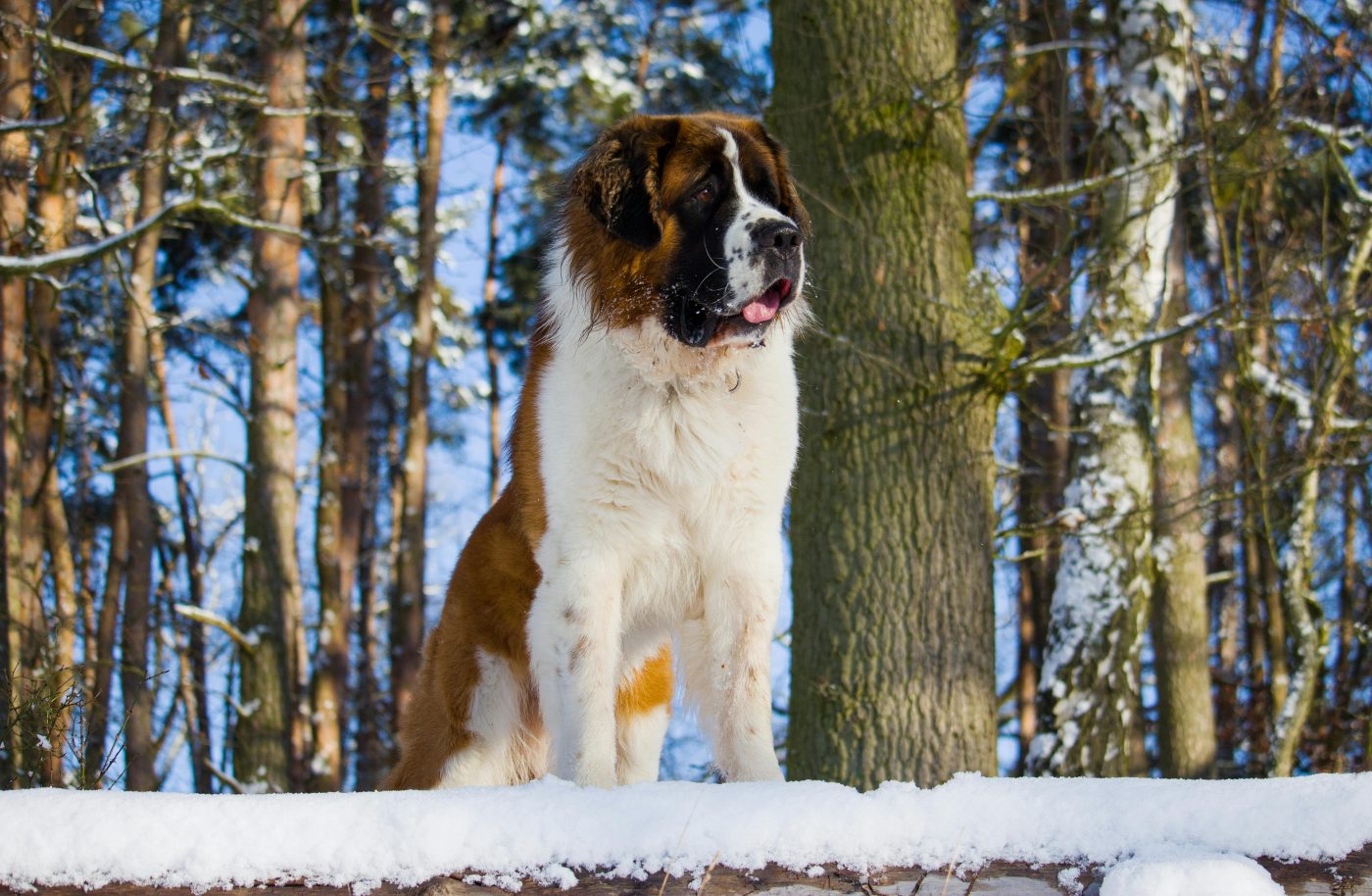
Saint Bernards are gentle giants known for their drooling and their distinct odor. Their thick, dense coats can trap dirt and oils, while their propensity for drooling can add to their smelly nature. These dogs require regular baths and grooming to manage their smell, especially since they can be prone to skin infections if not properly cared for. Keeping a Saint Bernard clean and dry is crucial for odor control.
English Bulldog
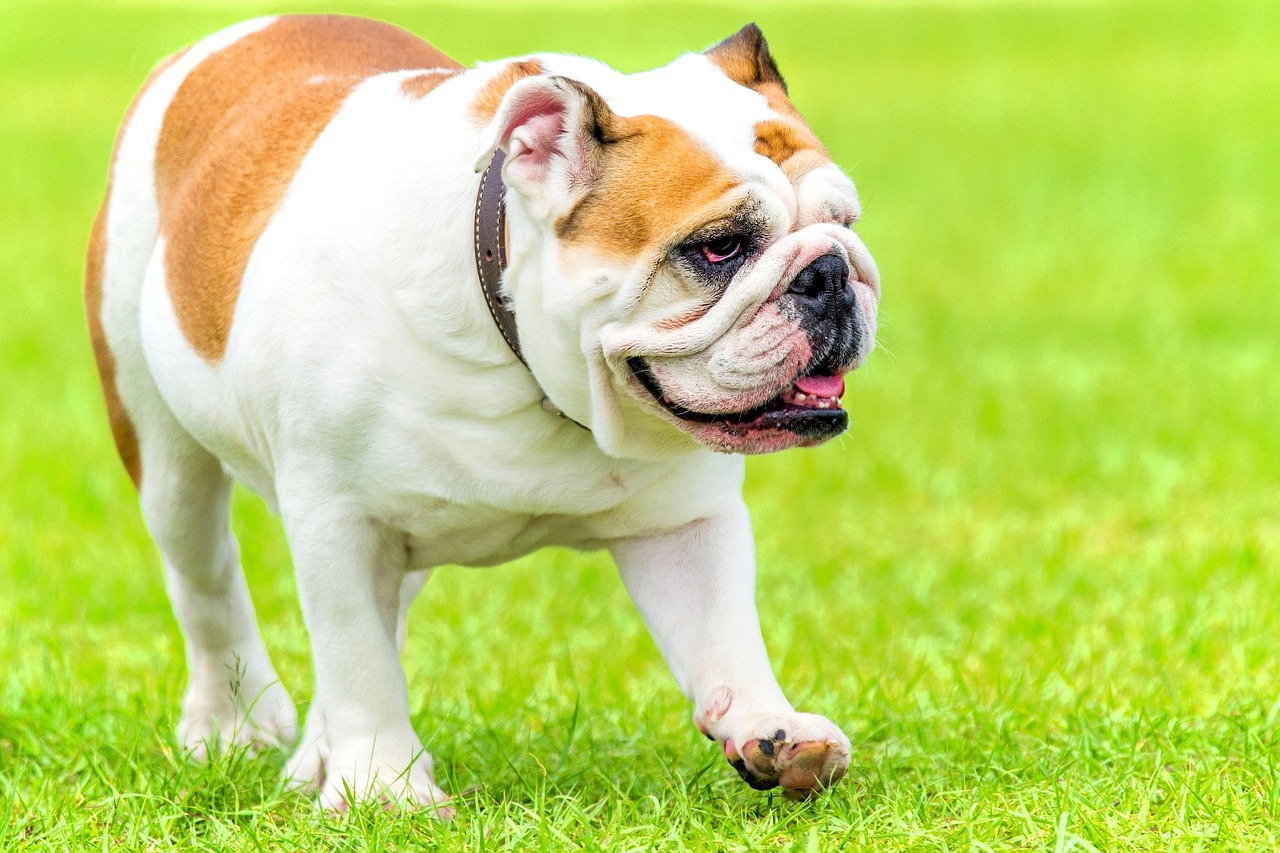
English Bulldogs are beloved for their wrinkled faces and stocky builds, but these same features contribute to their smelliness. The folds in their skin can harbor moisture and bacteria, leading to a foul odor if not cleaned regularly. Bulldogs also tend flatulence, adding to their reputation as one of the smelliest breeds. Regular cleaning of their skin folds and a diet that minimizes gas can help manage their odor.
Boxer

Boxers are energetic and playful dogs but can be quite smelly. Their short coats produce natural oils that, while protective, can accumulate and lead to a strong odor. Boxers are also prone to gas and can have sensitive stomachs, contributing to their smelliness. Regular baths, a healthy diet, and good digestion can help reduce odor in Boxers.
Cocker Spaniel
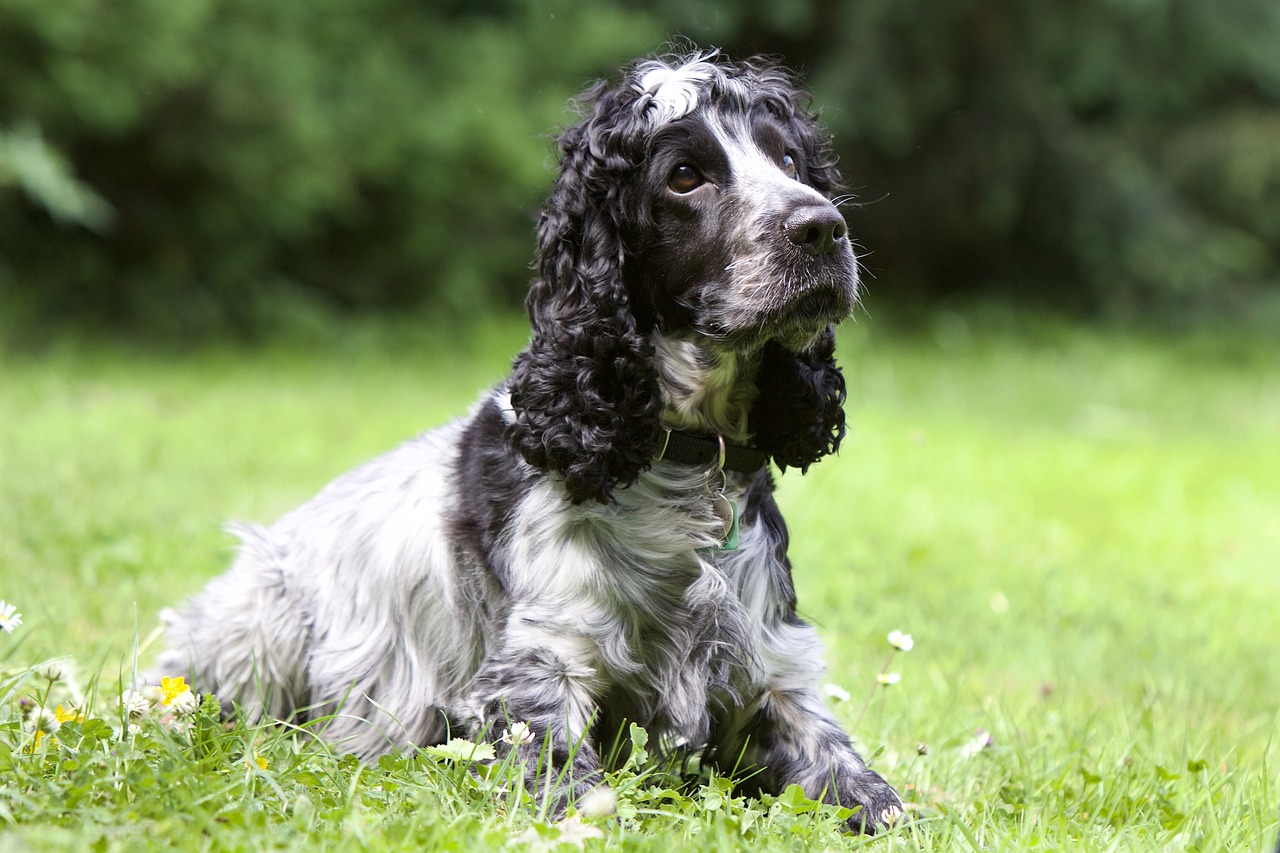
Cocker Spaniels are known for their beautiful, flowing coats and susceptibility to ear infections, which can produce a strong, unpleasant smell. Their long ears trap moisture and debris, creating an ideal environment for growing bacteria and yeast. Regular ear cleaning and grooming are essential to prevent infections and keep Cocker Spaniels smelling sweet.
Shar Pei
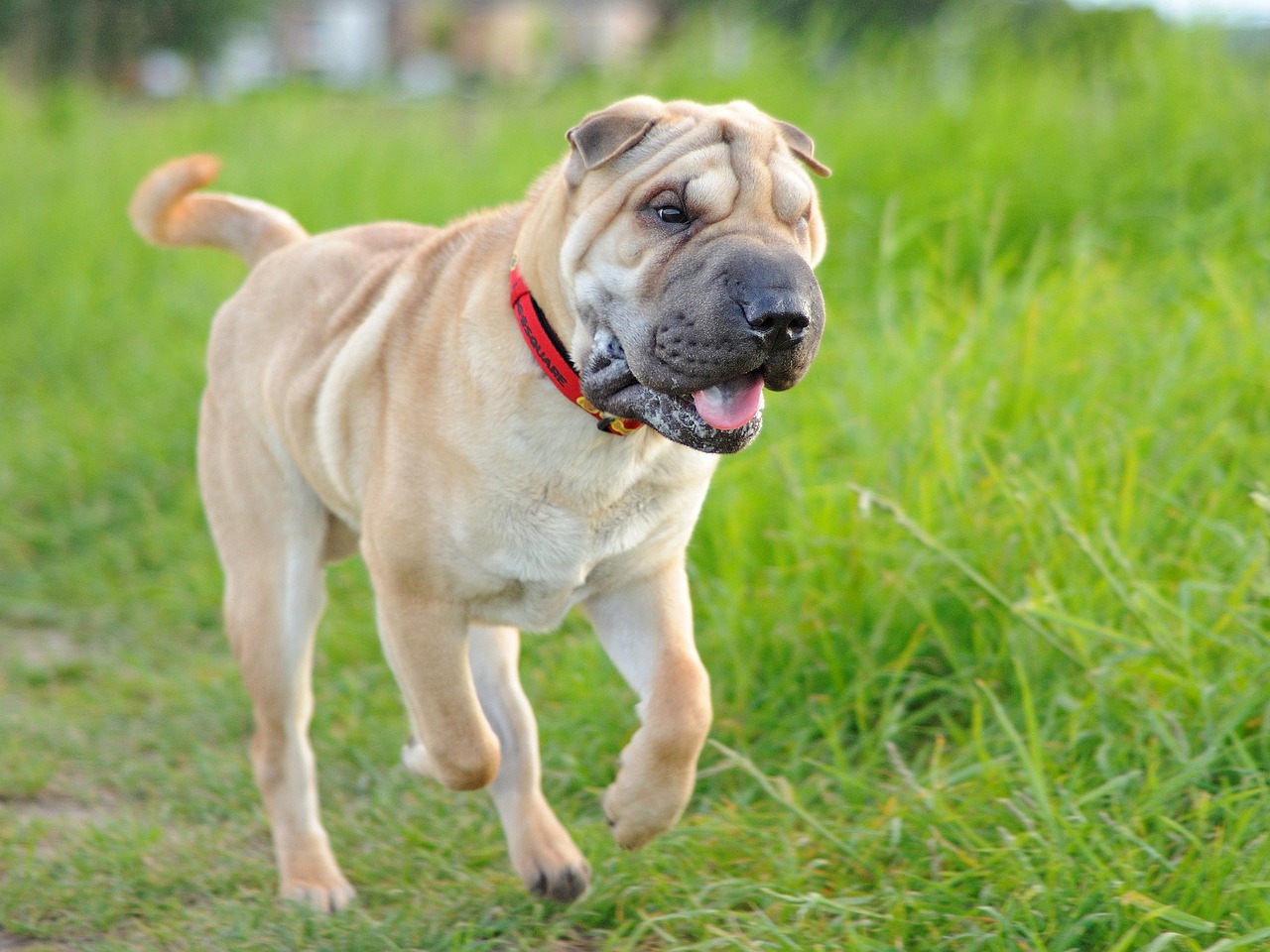
Shar Peis are distinguished by their deep wrinkles and folds, which can trap dirt and moisture, leading to a distinctive odor. They are also prone to skin conditions that can exacerbate their smelliness. Regular bathing and careful drying, particularly within their folds, are crucial to keeping a Shar Pei clean and reducing odor.
Bloodhound
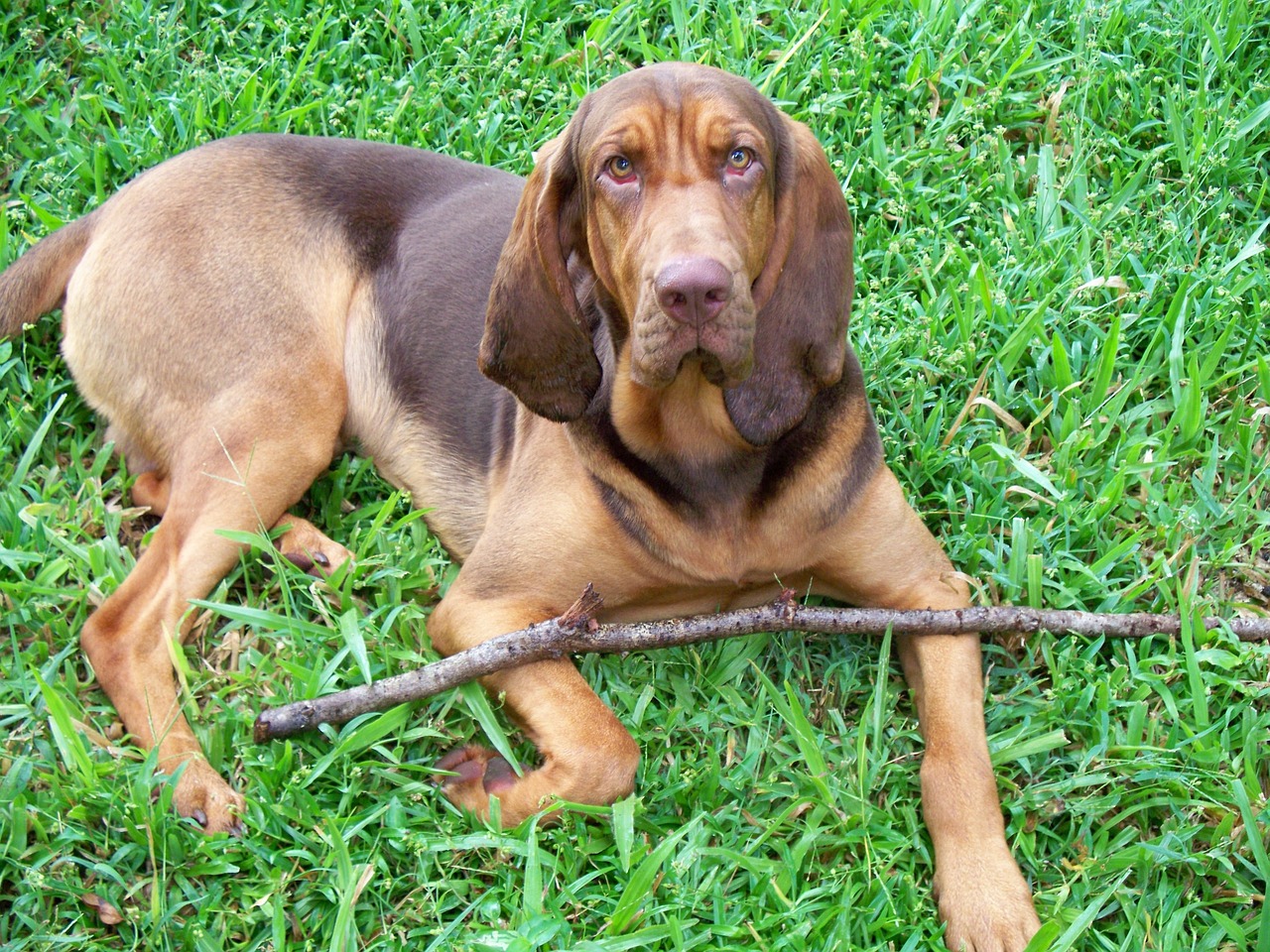
Bloodhounds are famous for their incredible sense of smell, but they are also known for their distinctive odor. Their large skin folds and oily coat can trap dirt and odors, requiring regular grooming and bathing to keep them smelling fresh. Additionally, their long ears can contribute to ear infections and odors if not cleaned regularly.
Labrador Retriever
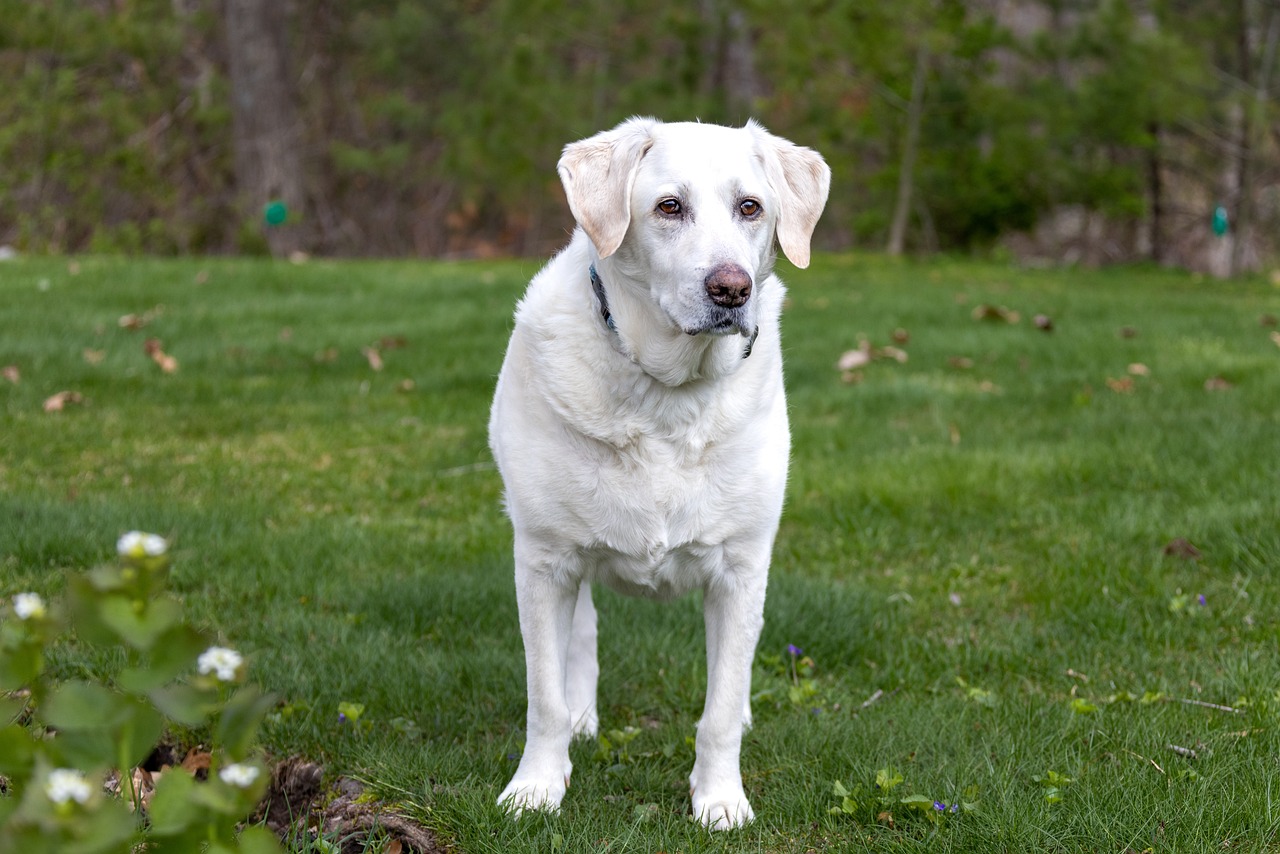
Labrador Retrievers are one of the most popular dog breeds, known for their friendly nature and love of water. However, their water-loving habits can contribute to a wet-dog smell, particularly if they are not dried properly after swimming or bathing. Their thick undercoat can also trap odors, requiring regular grooming to reduce smelliness.
Beagle
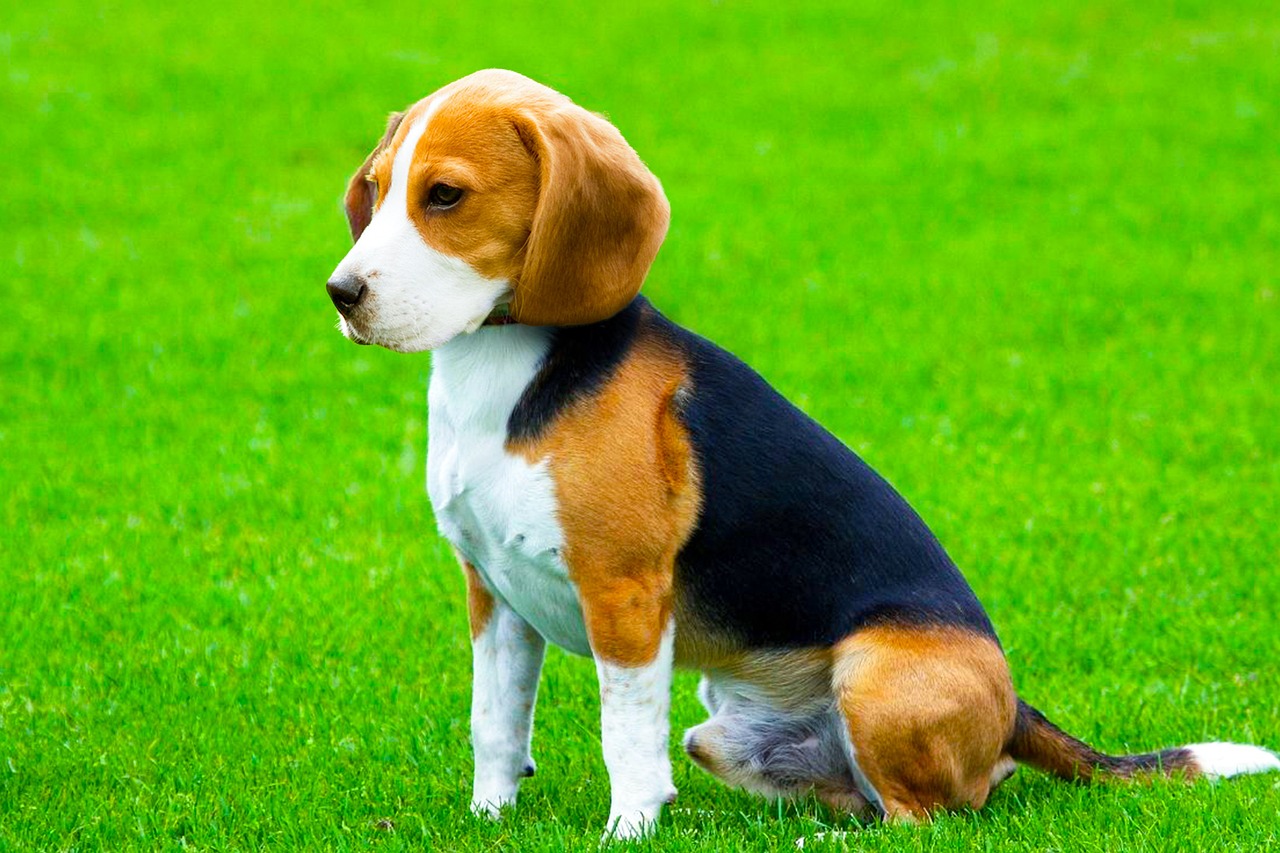
Beagles are small hounds with a big smell. Their propensity to get into smelly situations, coupled with their hound’s natural oils, can produce a distinctive odor. Regular baths and grooming can help manage a Beagle’s smell, ensuring they remain a pleasant companion on the trail and at home.
Pug
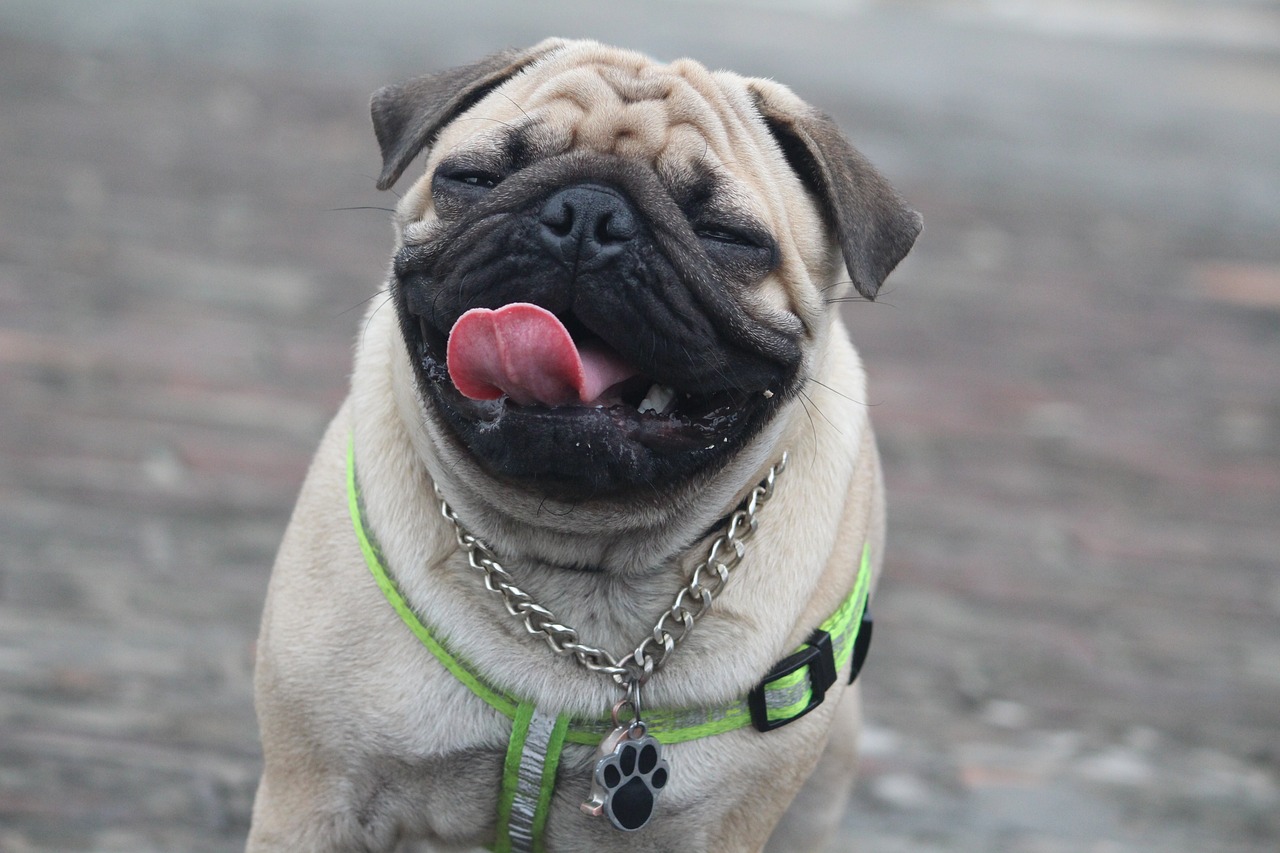
Pugs are adorable and loving, but their flat faces and skin folds can make them prone to smelliness. Moisture and bacteria can accumulate in their wrinkles, leading to odors if not cleaned regularly. Pugs also tend towards obesity, which can exacerbate their propensity for flatulence, adding to their smelliness. Regular grooming and a healthy diet can help manage a Pug’s odor.
Newfoundland
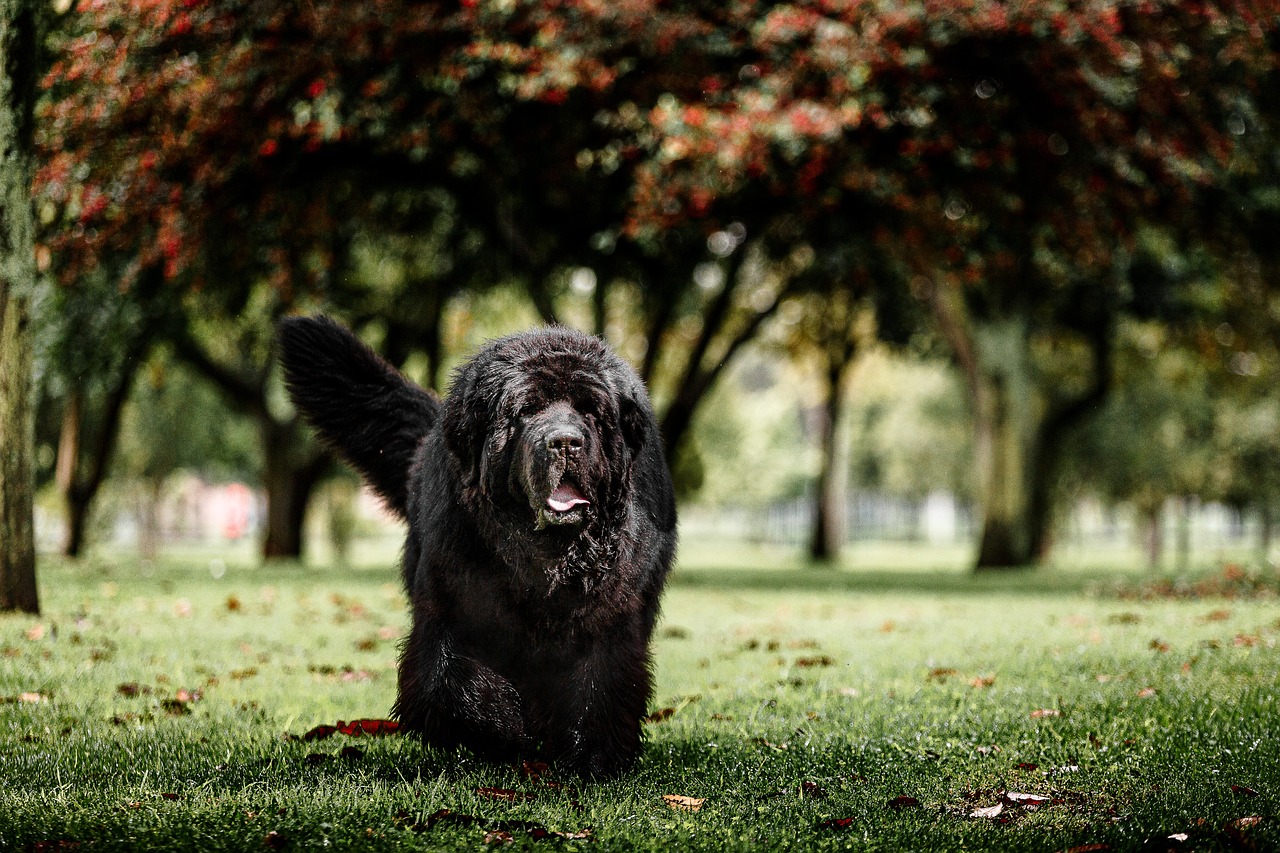
Newfoundlands are large, water-loving dogs with thick, dense coats that can trap odors. Their love of water can lead to a frequent wet dog smell if they are not dried properly. Additionally, their size and coat can make them prone to drooling and skin infections, contributing to their overall smelliness. Regular grooming and care are essential to keep a Newfoundland smelling as sweet as their temperament.
French Bulldog
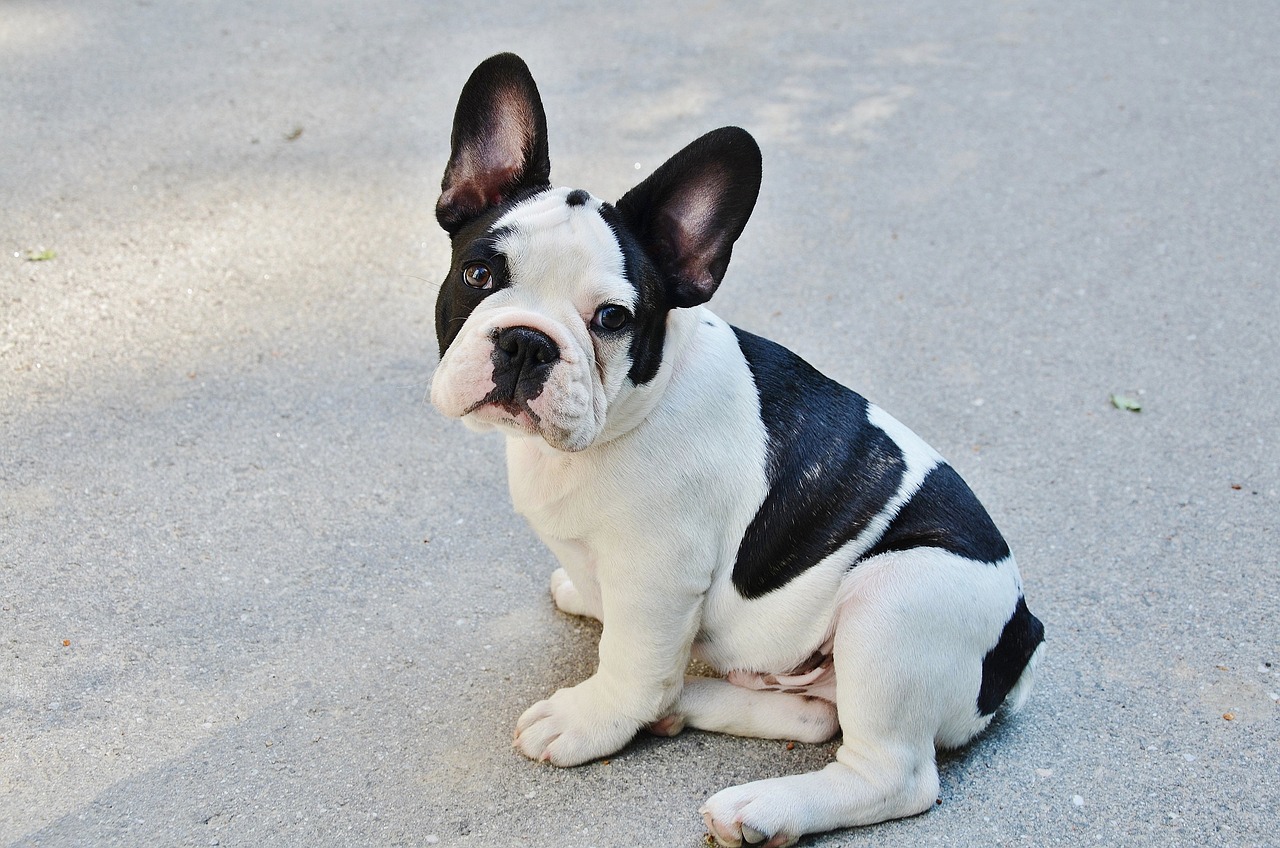
With their charming personalities and wrinkled faces, French Bulldogs can also be quite smelly. Their skin folds require regular cleaning to prevent odor-causing bacteria and yeast from accumulating. Like their English Bulldog cousins, Frenchies can also suffer from flatulence, adding to their smells. Proper diet and regular grooming can help minimize odor in French Bulldogs.
Our Funky Furry Friends
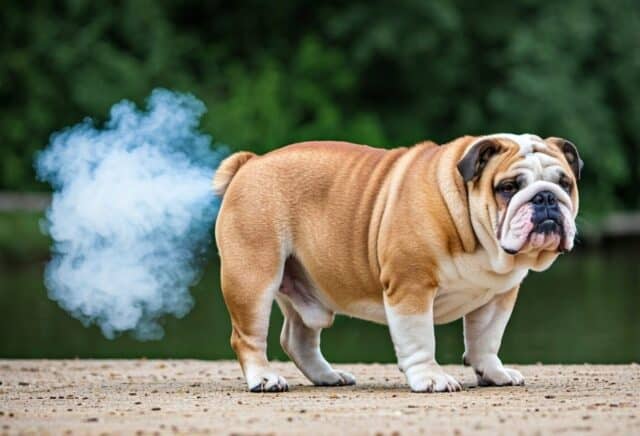
Though these breeds may be among the smelliest, their loving nature and unique personalities make them cherished companions. Understanding their specific grooming and care needs can help manage odor, ensuring they remain a joy at home. With regular grooming, a proper diet, and attentive care, even the smelliest dogs can stay as fresh as possible. By meeting their needs, owners can fully enjoy the companionship and happiness these dogs bring, proving that a bit of smell is a small price for unconditional love.
The post The 12 Smelliest Dog Breeds appeared first on iHeartDogs.com.
via Whisker Therapy